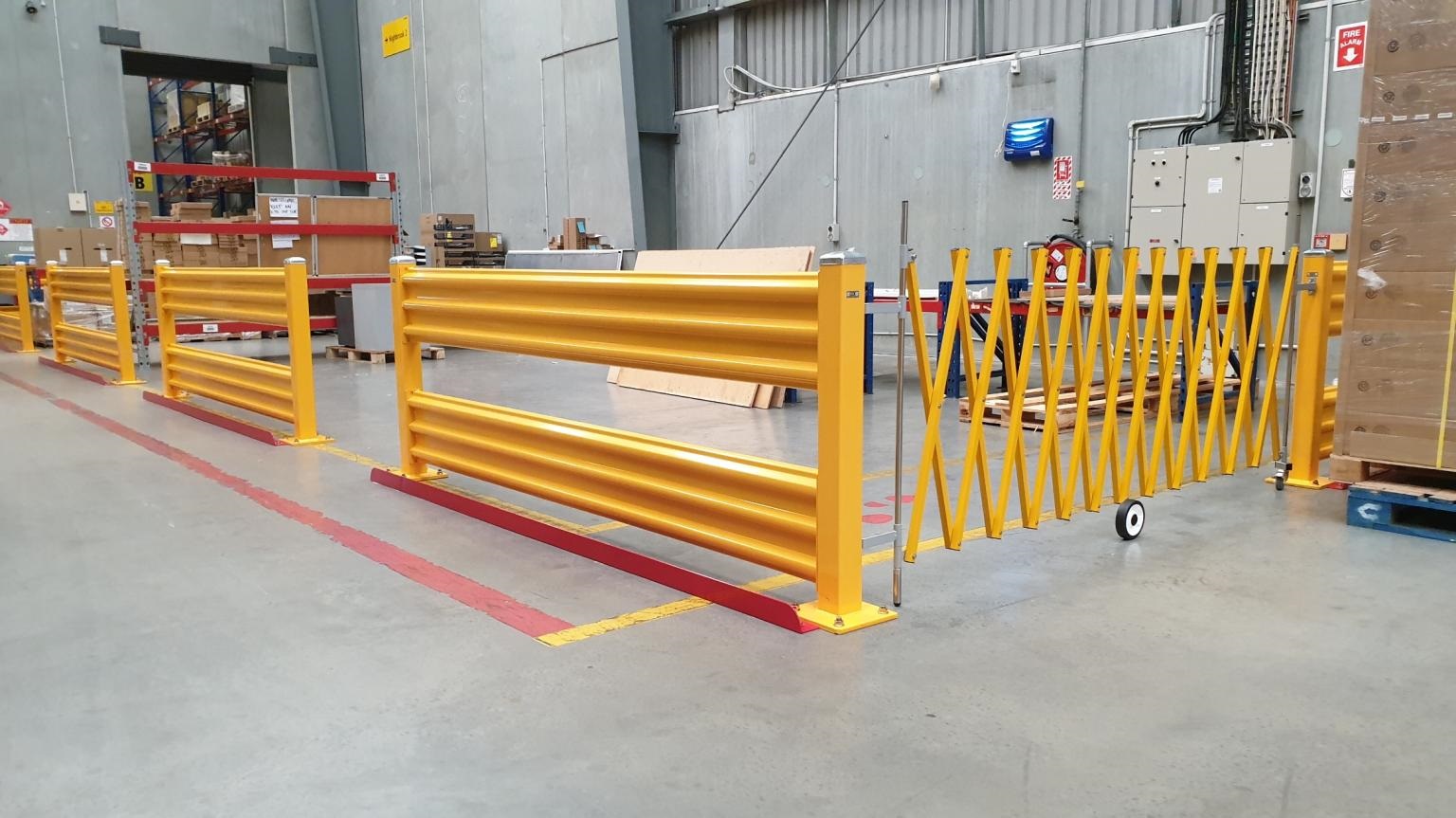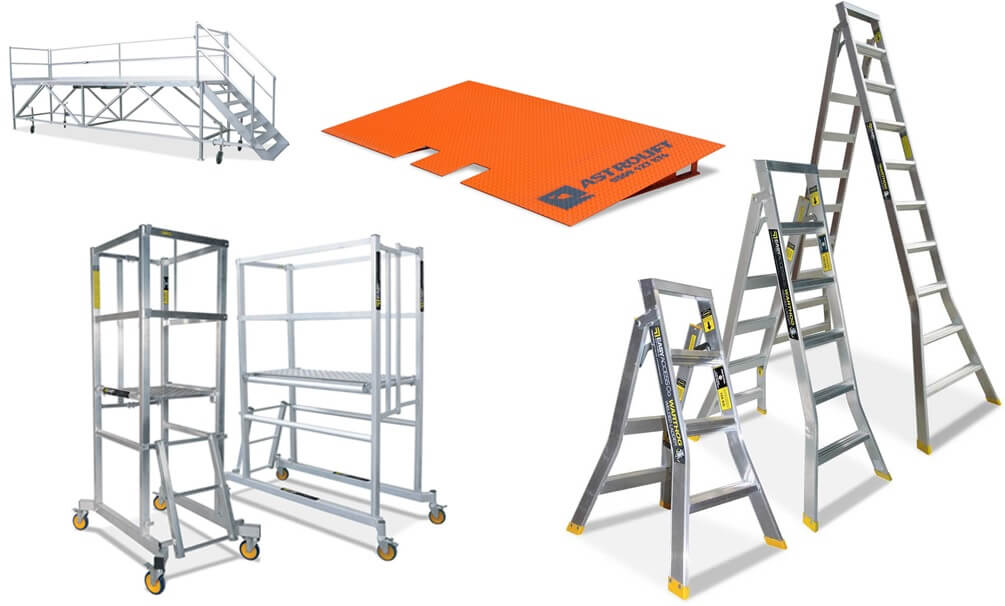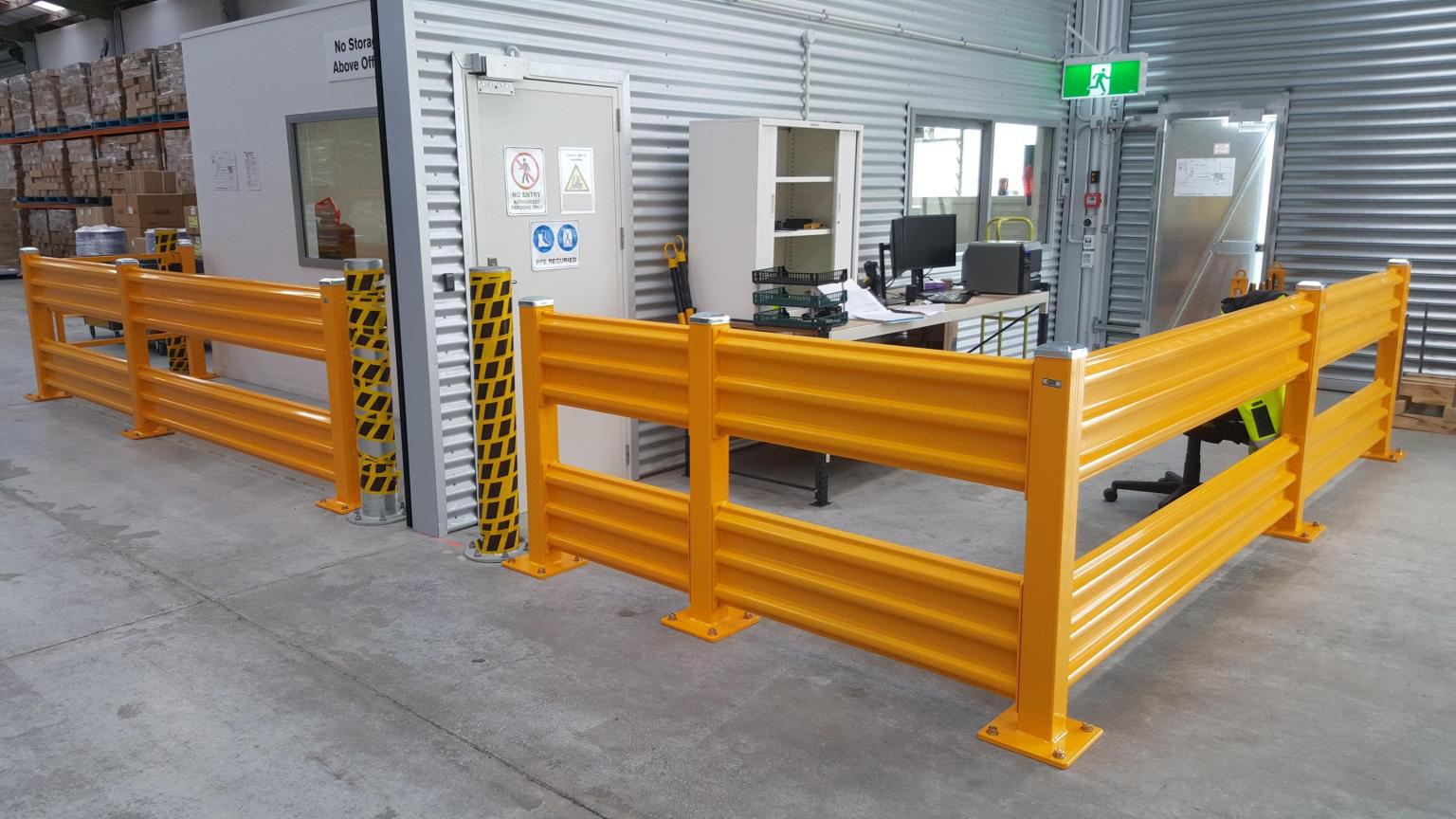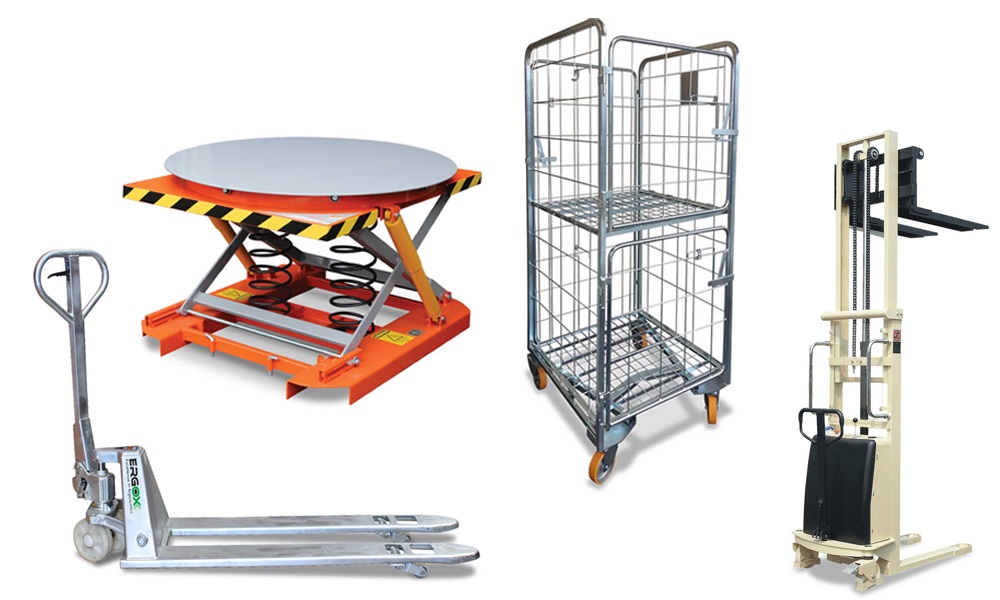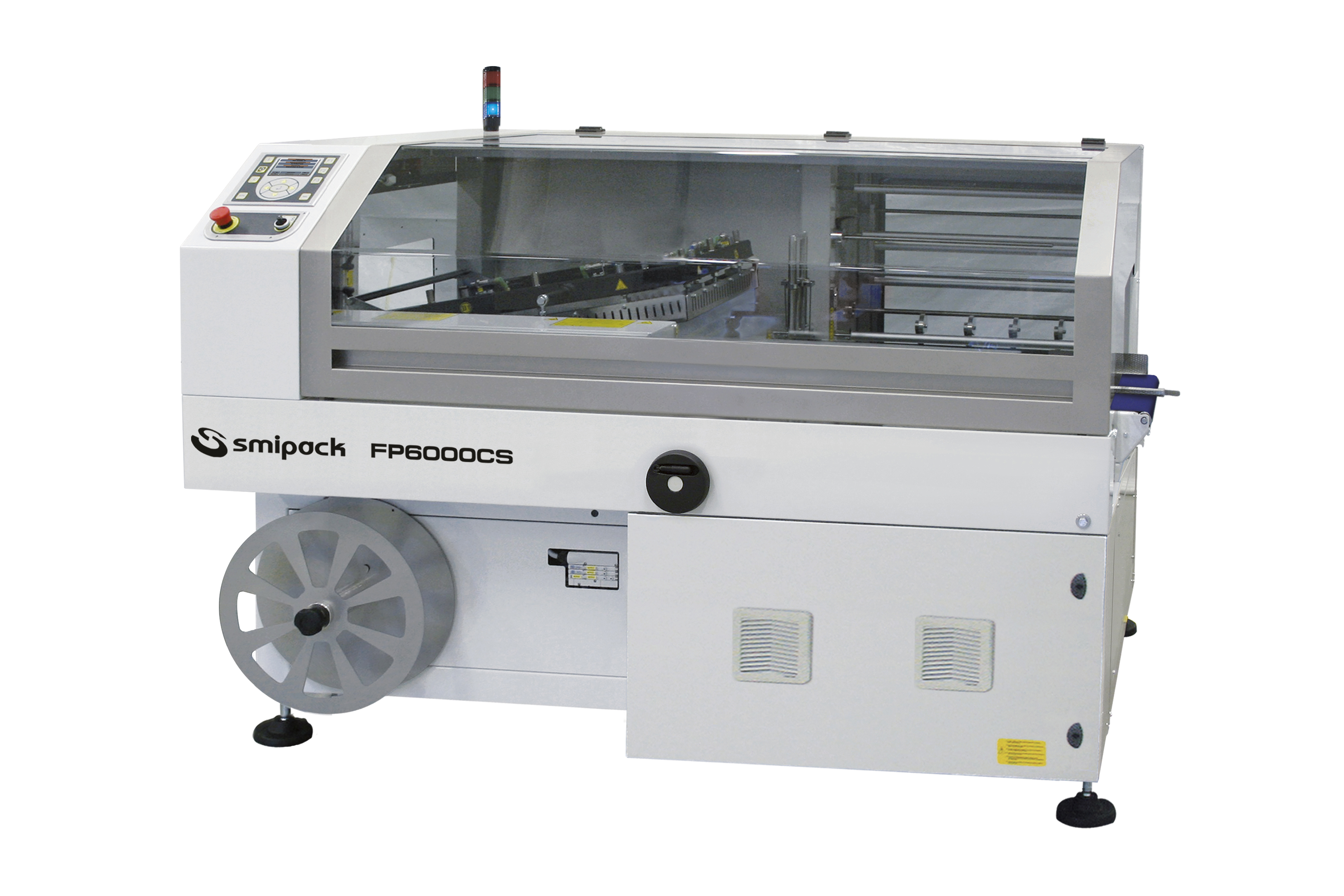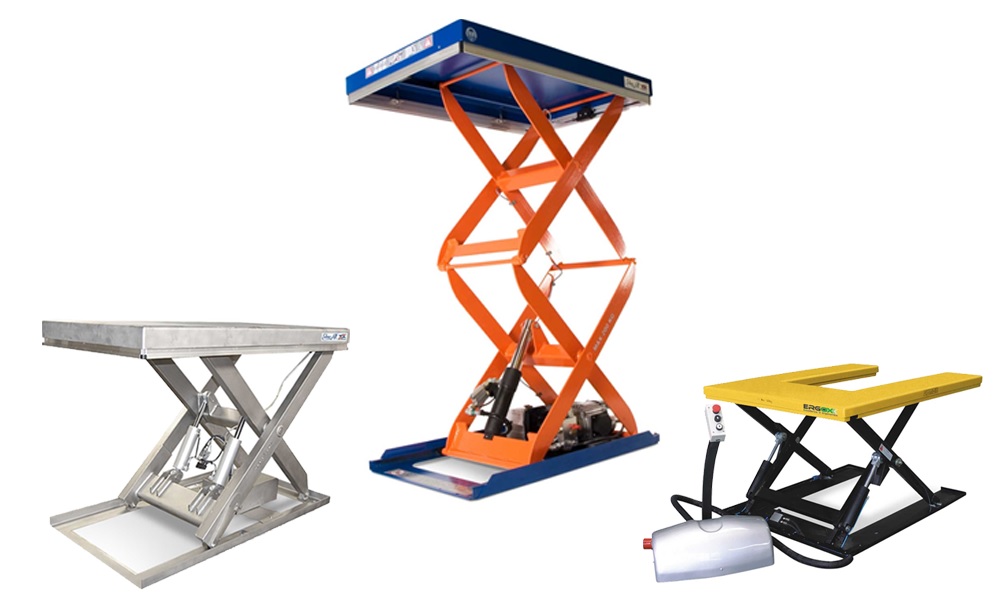Mobile lifting platforms such as the scissor lift table are an effective way to reduce common workplace injuries caused by repetitive tasks, such as manually moving stock. By elevating products to an ergonomic height, workers protect themselves from back, neck, and muscle strain, reduce fatigue, and accelerate productivity.
At Astrolift, our extensive collection of scissor lift tables includes a range of sizes and functionalities, with capacities up to 10,000 kilograms, allowing you to find the perfect fit for your workplace.
As with any machinery, incorrect use can result in workplace injuries. To ensure worker safety while using your equipment, it is important to follow recommended usage guidelines. Read on for three helpful tips for ensuring the safety of your employees while using this excellent piece of equipment.

Scissor Lift Table Uses
Scissor lift tables are commonly used in warehouse settings but are also implemented in other environments, including manufacturing plants, distribution centres, and mechanic garages. They primarily simplify stock movement and eliminate injuries by preventing repetitive bending up and down to load and unload products.
Workers can lift stock from the ground once with a scissor lift table and comfortably place it on the platform. This immediately reduces the distance needed to bend down and increases the restocking process. Workers now have stock easily and safely within reach.
There are various types of scissor lift tables, each suited to specific applications and industries. These include the single-scissor, double-scissor, mobile, stationary, and low-profile lift tables.
The Basics
At Astrolift, we advocate for the safe use of scissor lift tables and recommend always following Worksafe guidelines to comply with health and safety regulations. These encompass basic rules such as following maintenance schedules, providing operational training to employees, and not exceeding the weight capacity.
It’s also important to have a hazard management plan in place whereby you outline the following steps:
- Hazard identification
- Hazard risk assessment
- Hazard management plan, such as isolating, minimising or eliminating the hazard
- Continuous monitoring of the hazard
1. Staff Training
Appropriate staff training is an effective way to prevent incidents from occurring. So, ensure your employees undergo thorough education about safely operating a scissor lift table. You should also cover how to responsibly conduct work around one that is in use.
Training should include, at a minimum, understanding the manufacturer’s operating directions, managing material while on the scissor lift table, checking and reporting maintenance requirements, and identifying potential hazards associated with using this type of equipment.
Your staff should feel confident and comfortable operating and working around the machinery.
2. Stabilisation & Positioning
Safe and stable conditions are vital for preventing a scissor lift table from tipping over or collapsing. Follow these steps to keep your equipment steady at all times:
Only move the scissor lift table when the platform is securely down – never move it when the platform is raised.
Do not exceed the product’s weight capacity. These are in place for a reason, and overloading can cause machinery to become off-balanced.
Always maintain a clear worksite without obstacles around any moving equipment. If you can’t effectively isolate your scissor lift table, create a traffic control plan to mitigate the dangers of close contact with machinery.
Check the quality of your surfaces – they should be level and firm, without bumps, holes or steep gradients that can cause the lift to get stuck or become off-balanced.
If using your equipment outside, make sure it meets the manufacturer's requirements and always check wind levels first for safe use.

Positioning Matters
Nobody wants to be crushed by a scissor lift table. Like other mobile equipment, there is always a risk of crushing to those around it. To mitigate this, employers should be aware of moving equipment, especially when vehicles or other machinery are moving at the same time.
Astrolift’s electric/hydraulic tables have anti-entrapment bars under the perimetre of the table top to prevent crushing when the table is lowering, Other safety features like hose burst valves all add to the safety of the tables. A site-specific safety plan should always be created and adhered to when operating any equipment.
3. Maintenance is Key
Safety and maintenance go hand in hand. Ensuring you sustain a clear, consistent preventative maintenance schedule for your scissor lift table is key to preventing workplace injury. Without regular safety checks, you run the risk of the lifting mechanism or other parts of the machine collapsing and putting your staff in danger.
Your maintenance programme should be based on your specific working environment and take into account factors like how often you are using the machinery and the types of conditions under which it is being used. You should always test and inspect the controls, hydraulics, brakes and emergency stop buttons. If you use safety guardrails, ensure they are functioning properly. Be sure to check for leaks and lubricate all moving parts for smooth operation.
When replacing parts, be sure to use identical or equivalent parts designed for your specific scissor forklift. Any faults should be immediately repaired; if this is not possible, the machine should be taken out of operation until it is fully functioning again.
Keep Staff Safe With Astrolift Scissor Lift Tables
We stock a wide variety of quality scissor lift tables equipped to meet the needs of a range of industries. Whatever capacity, size and functionality you are looking for, we have it covered.
Shop our comprehensive selection online, or contact us for more information on the superior scissor-lift equipment offered by Astrolift.
